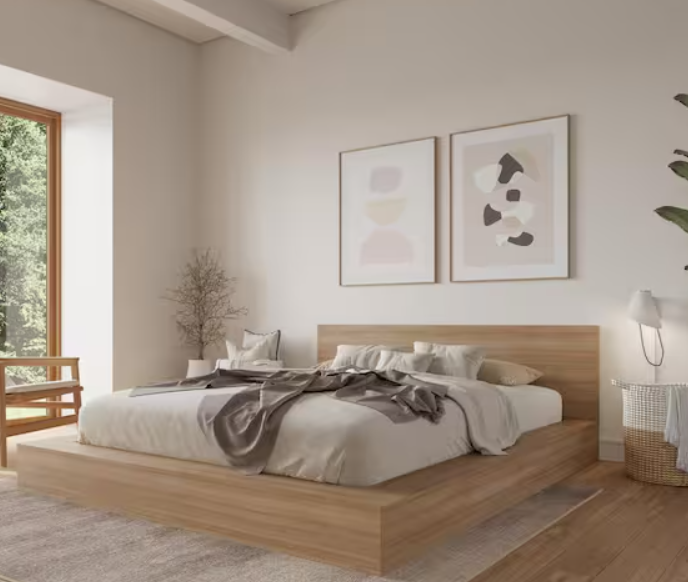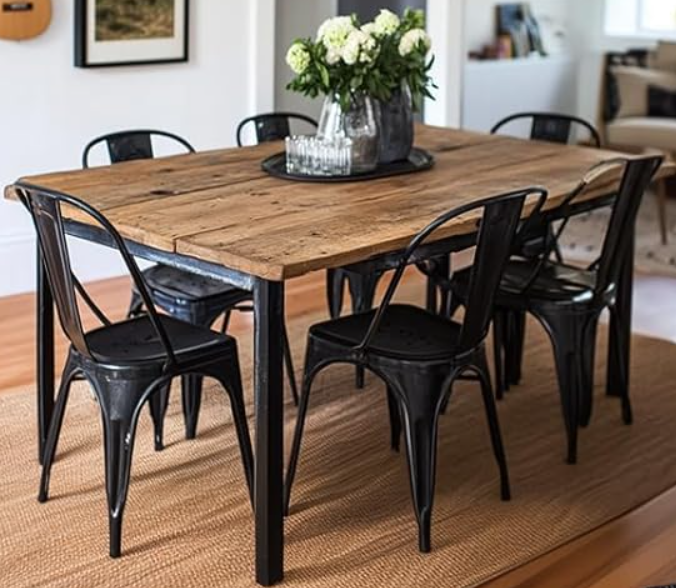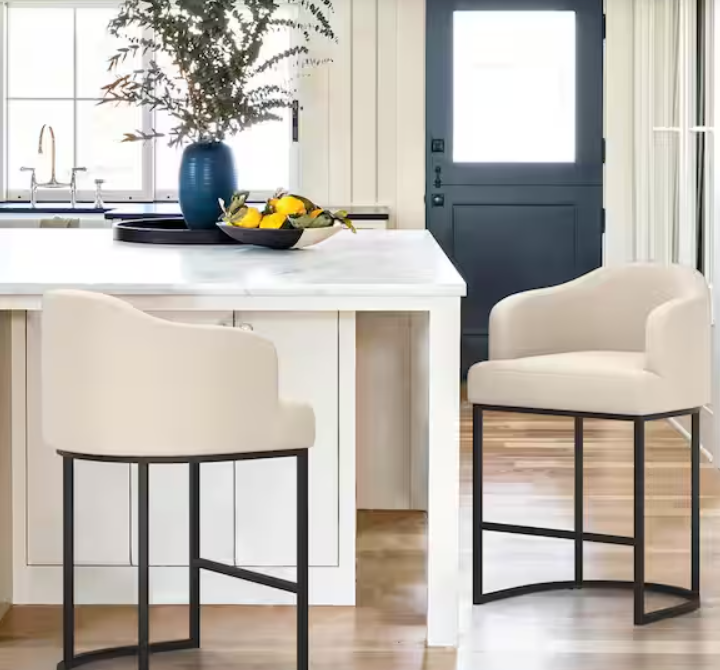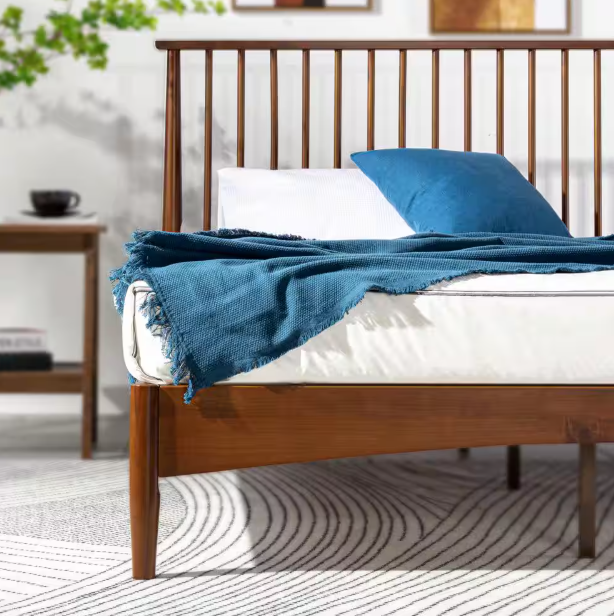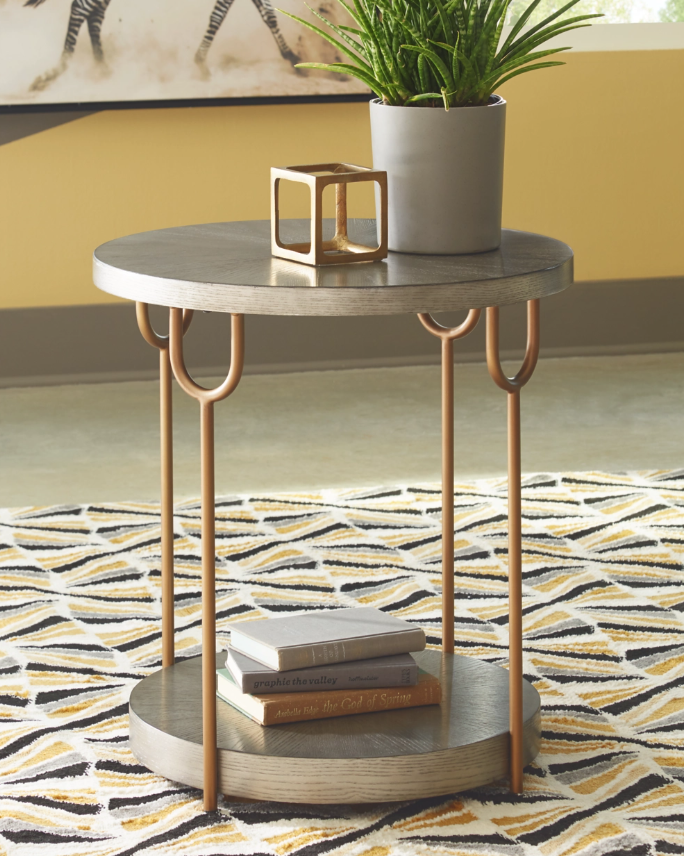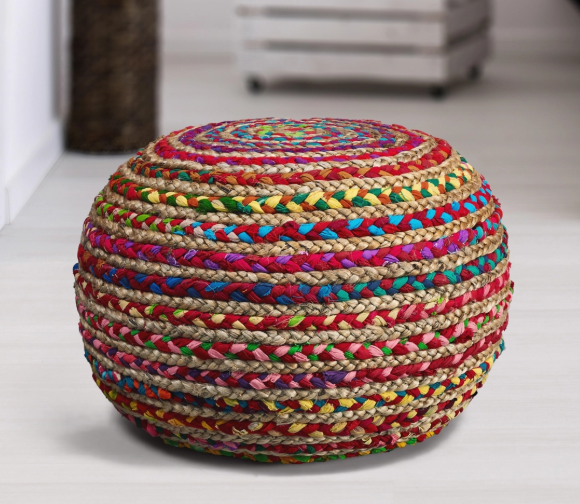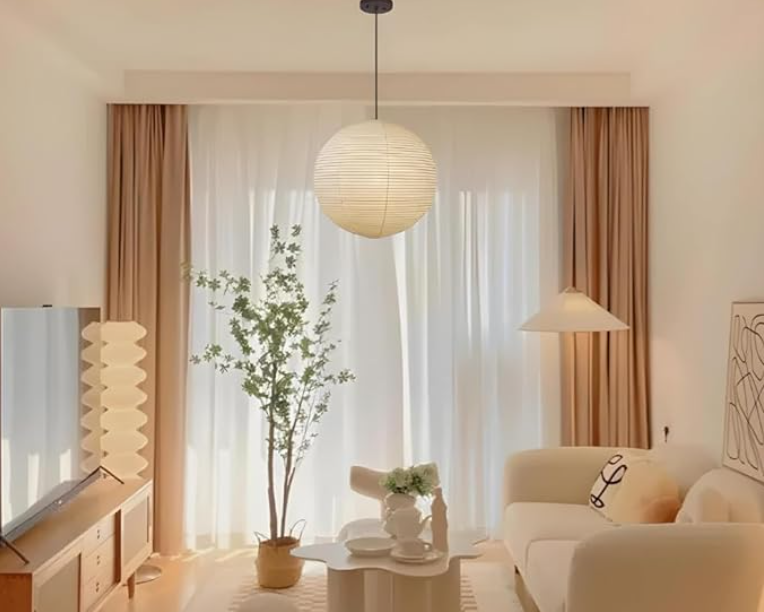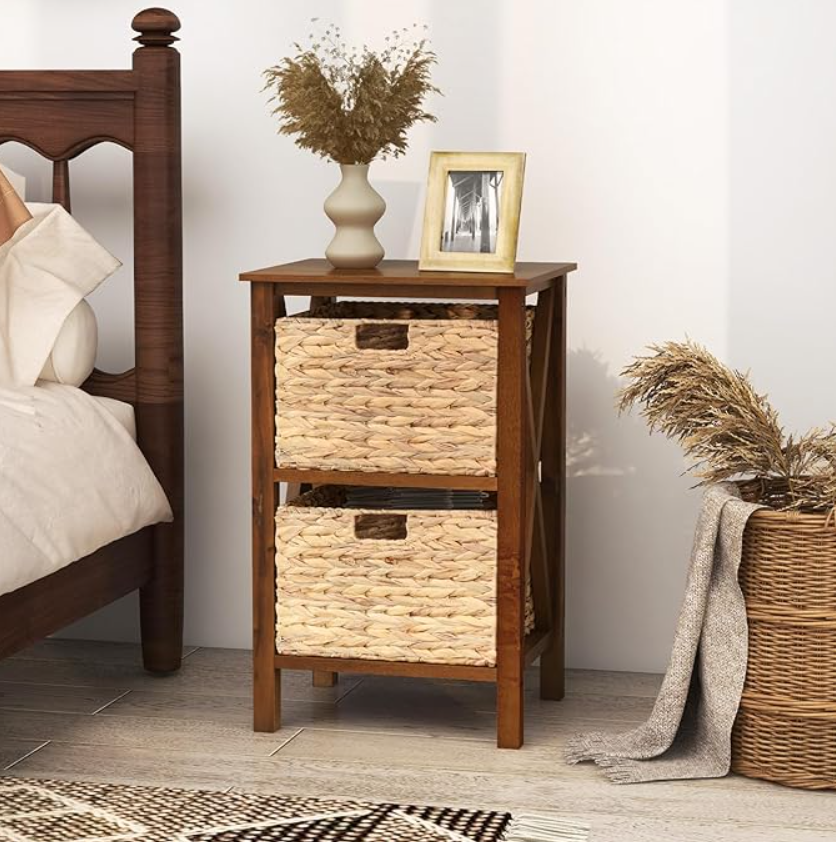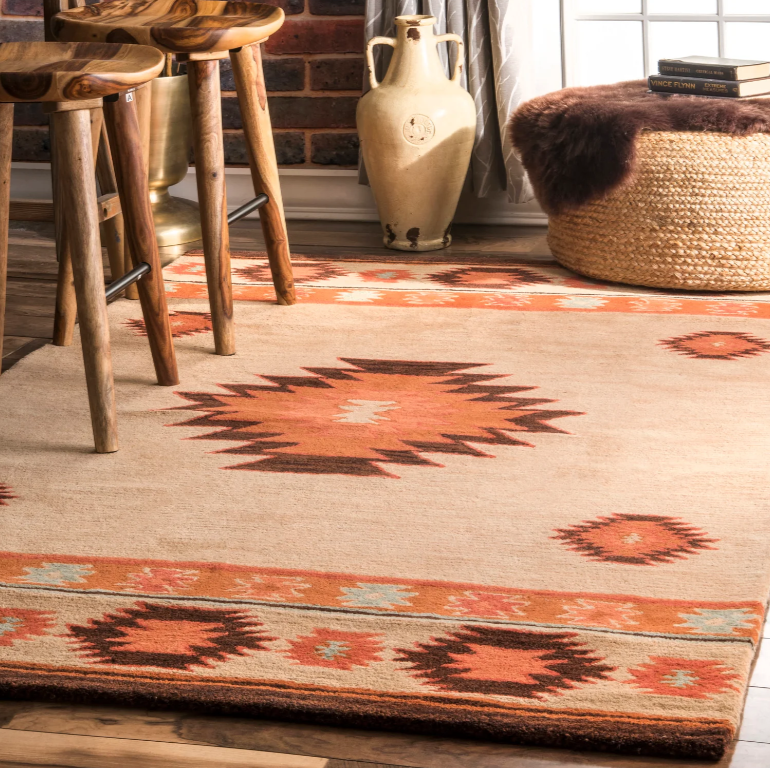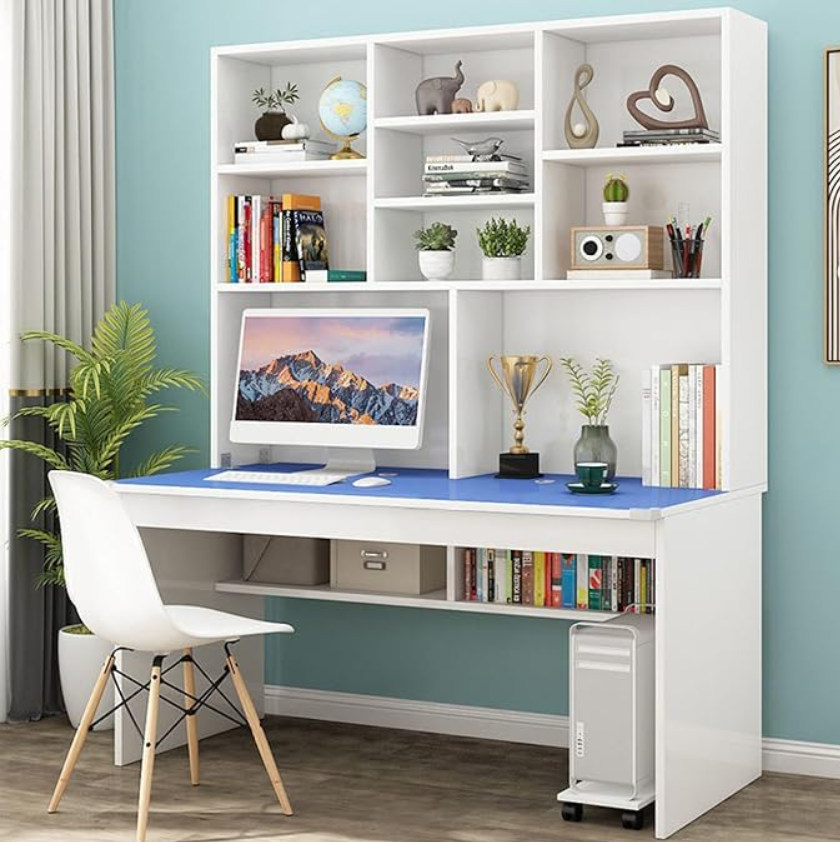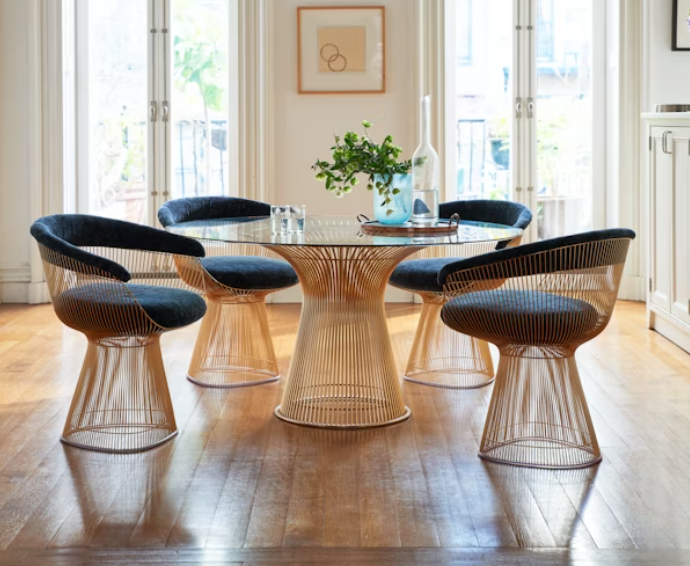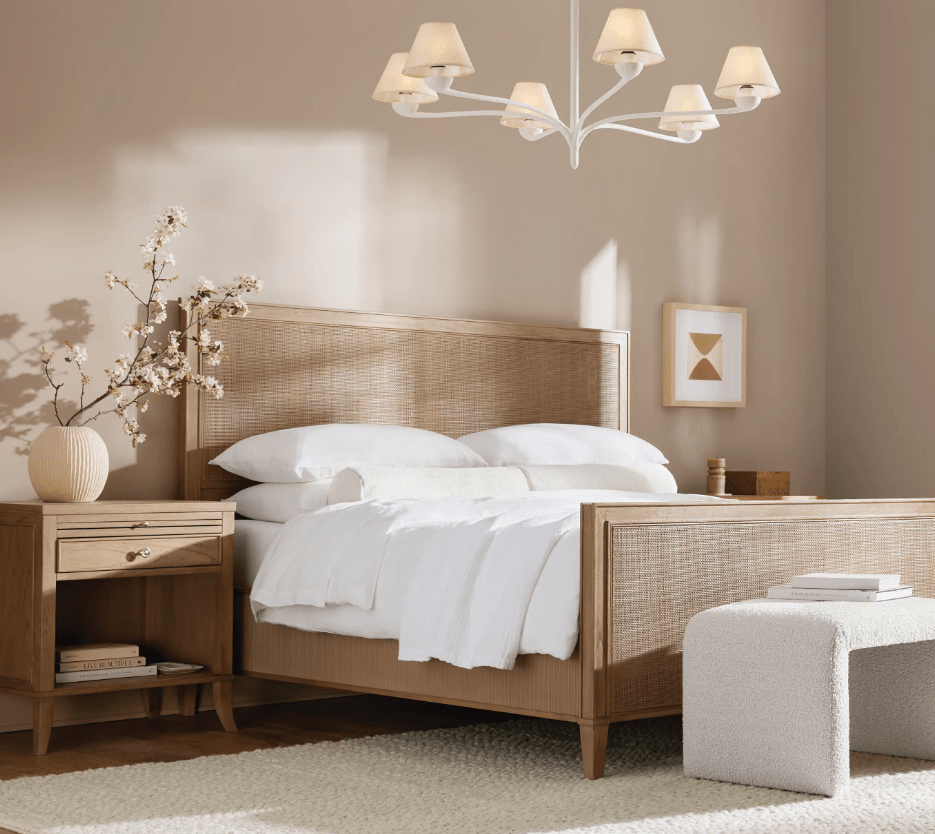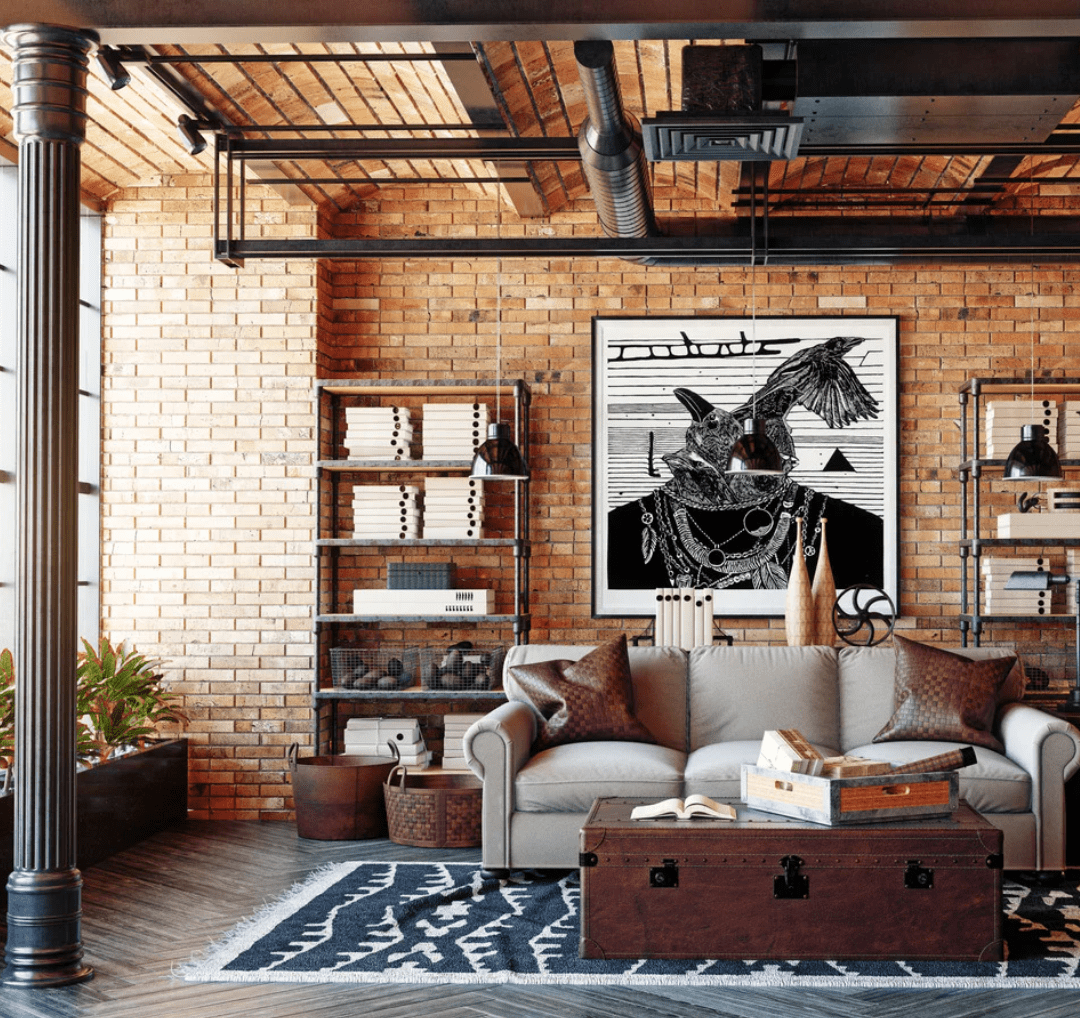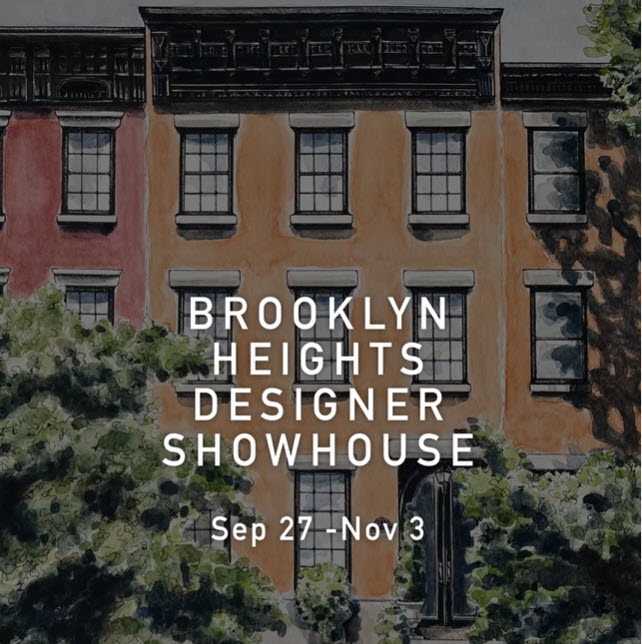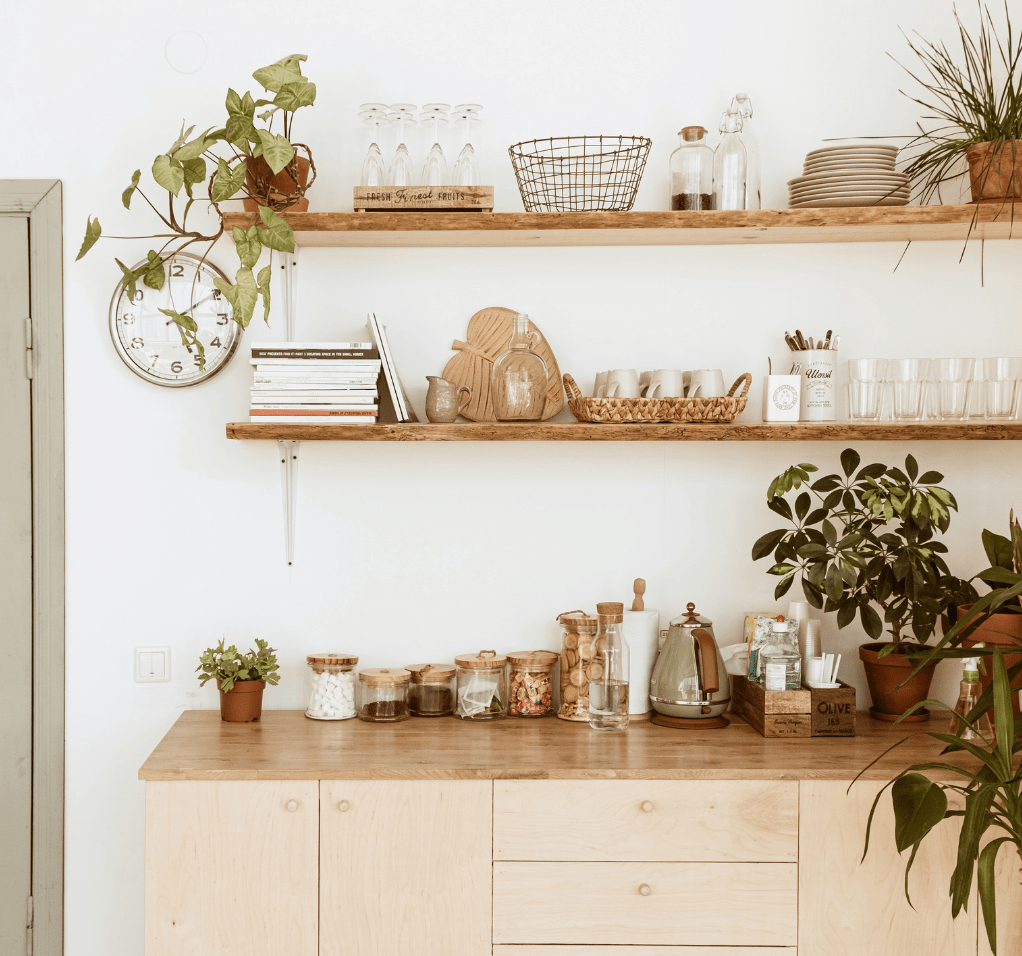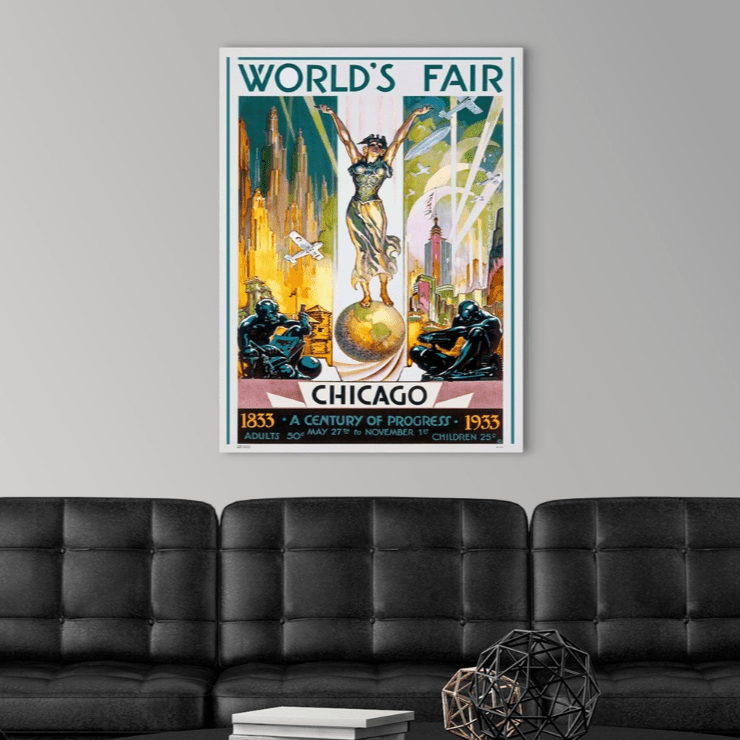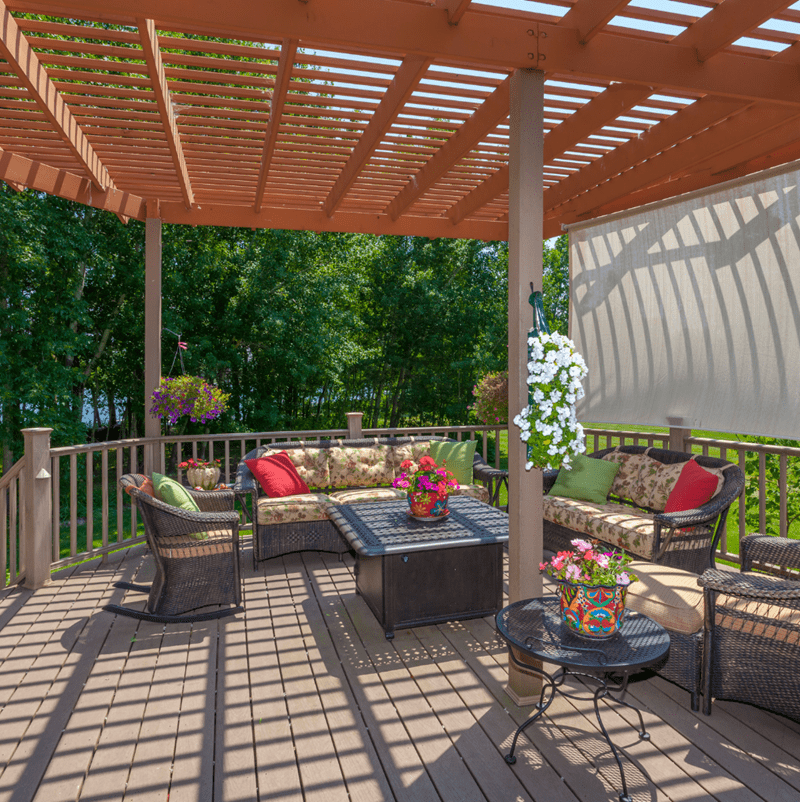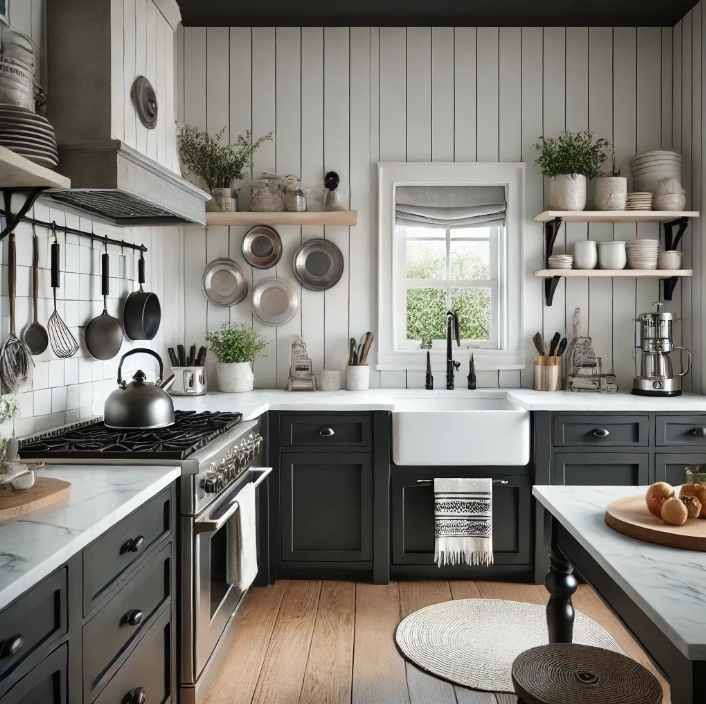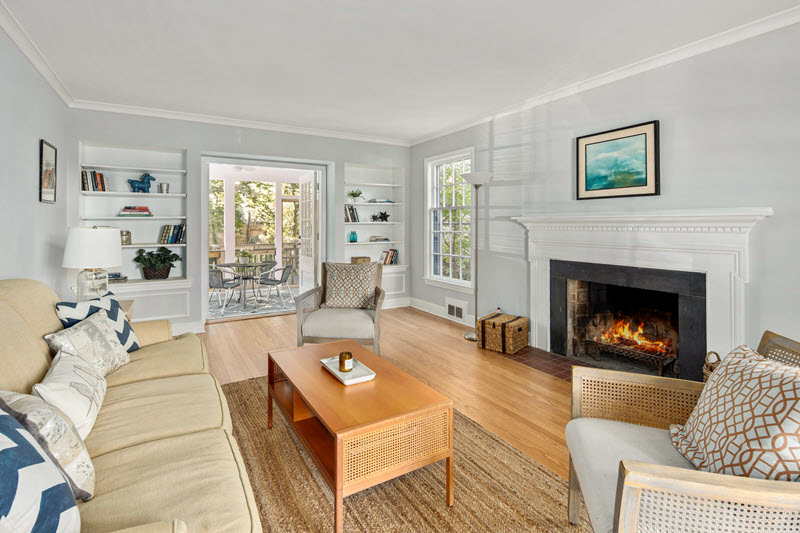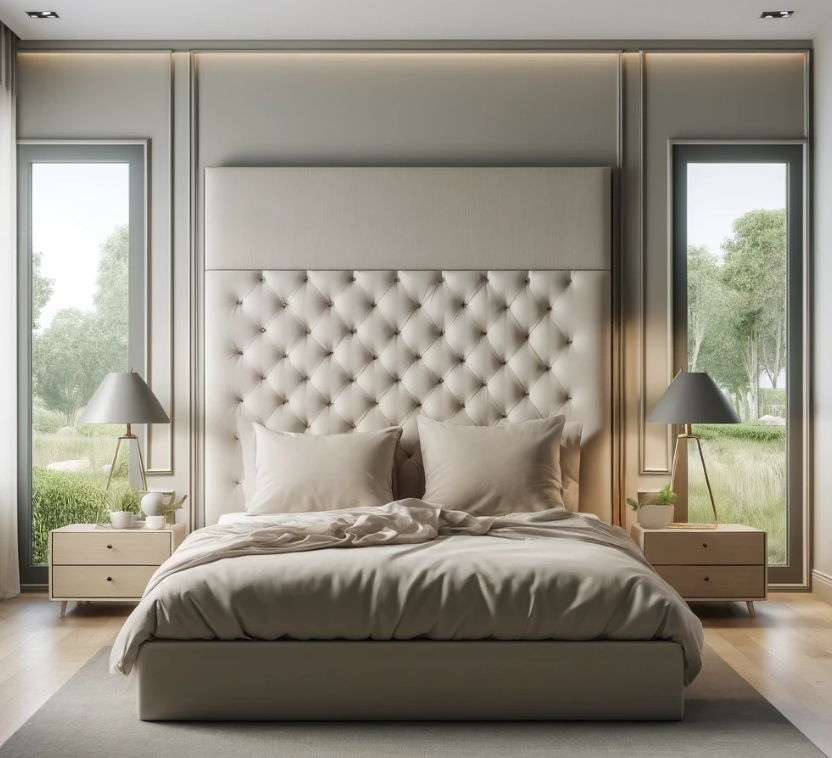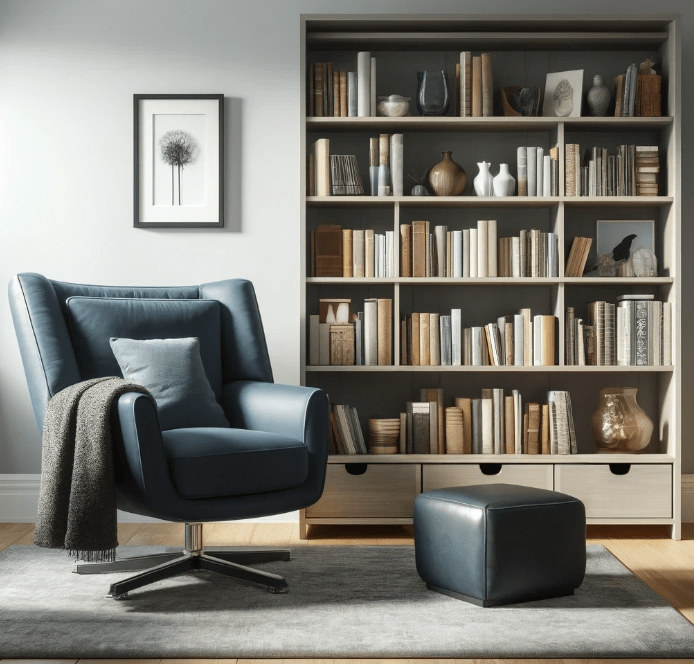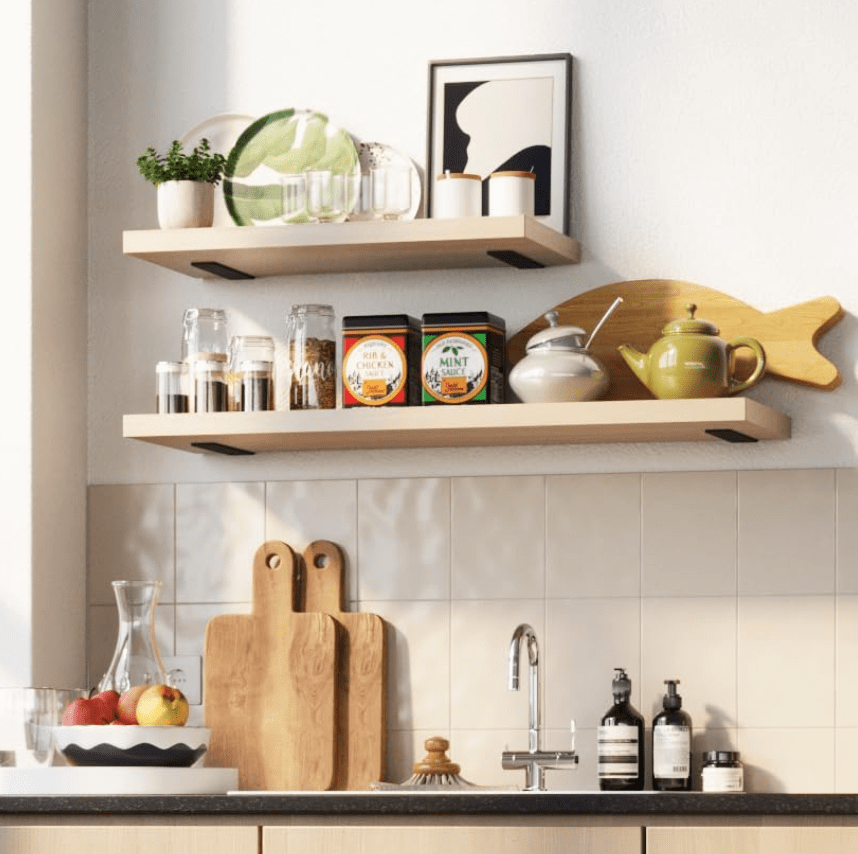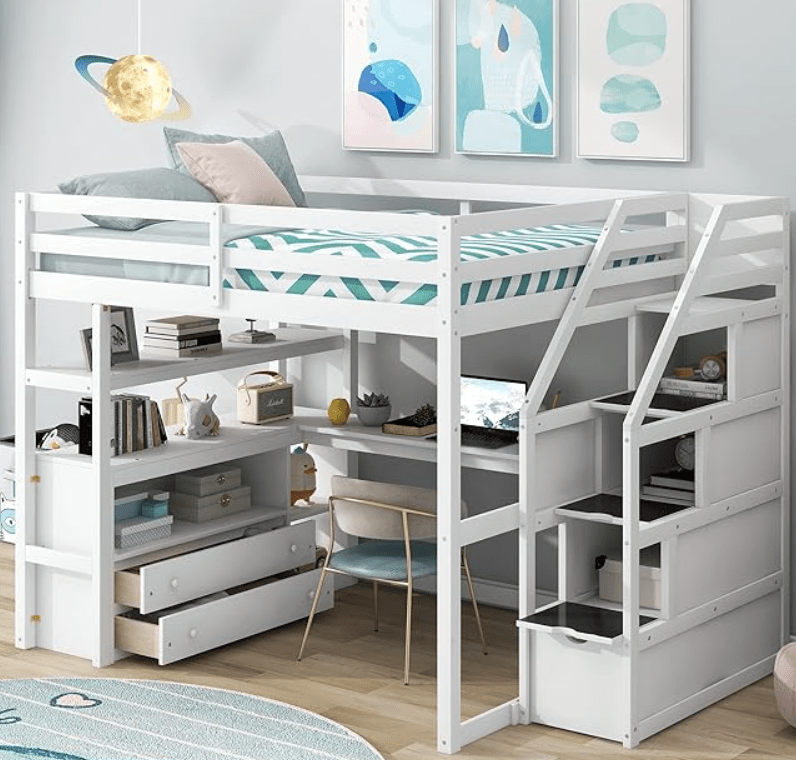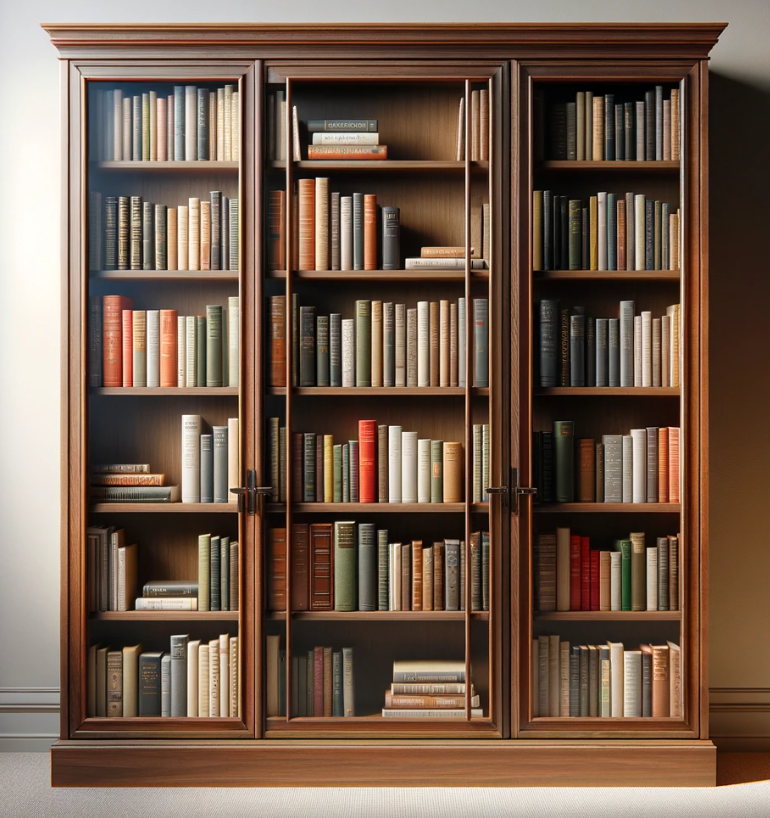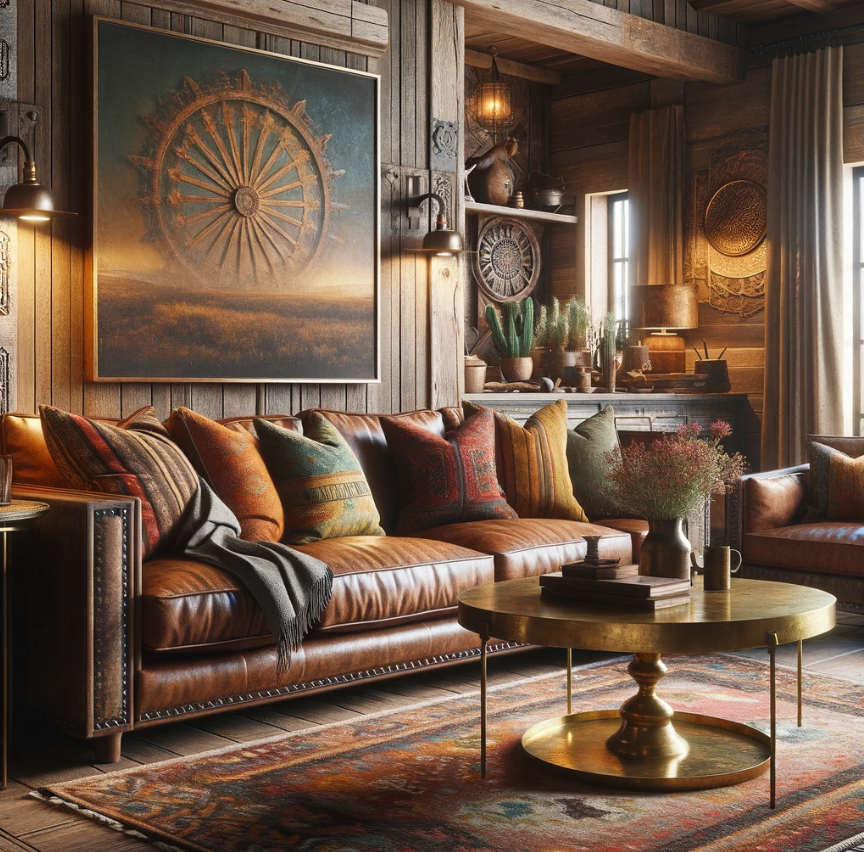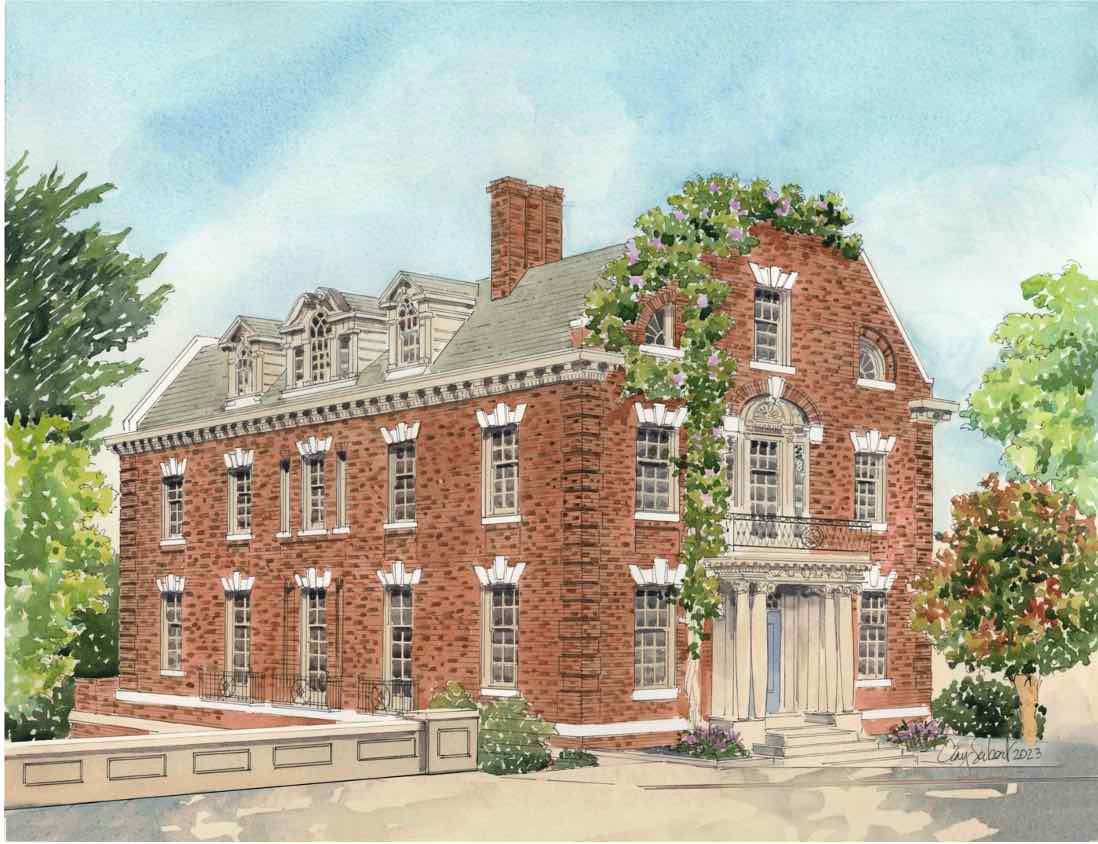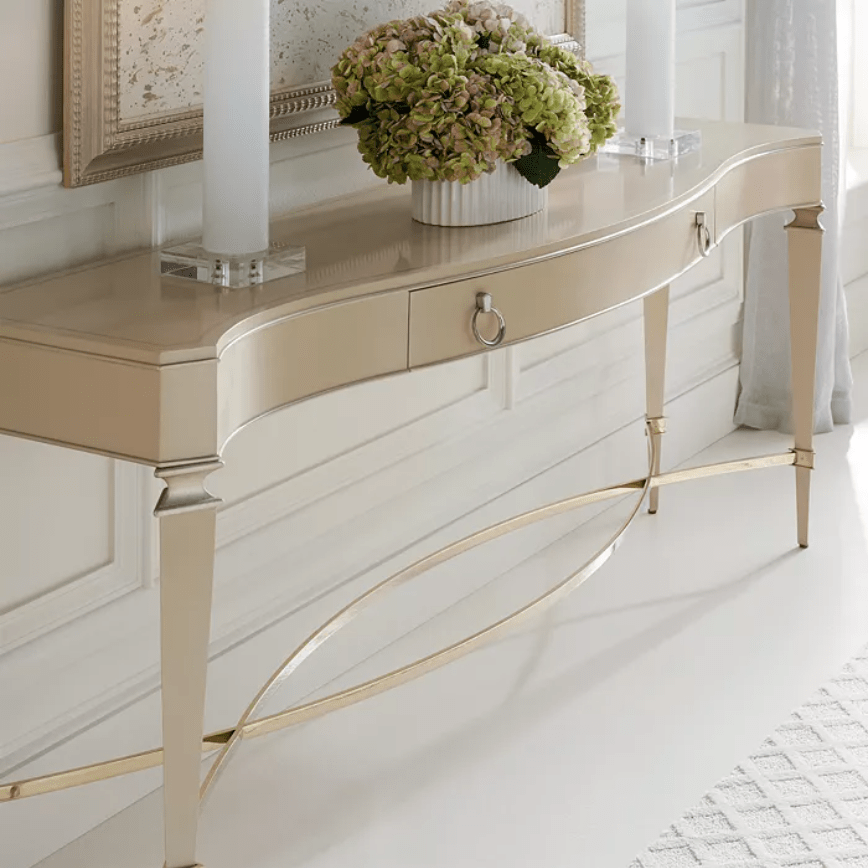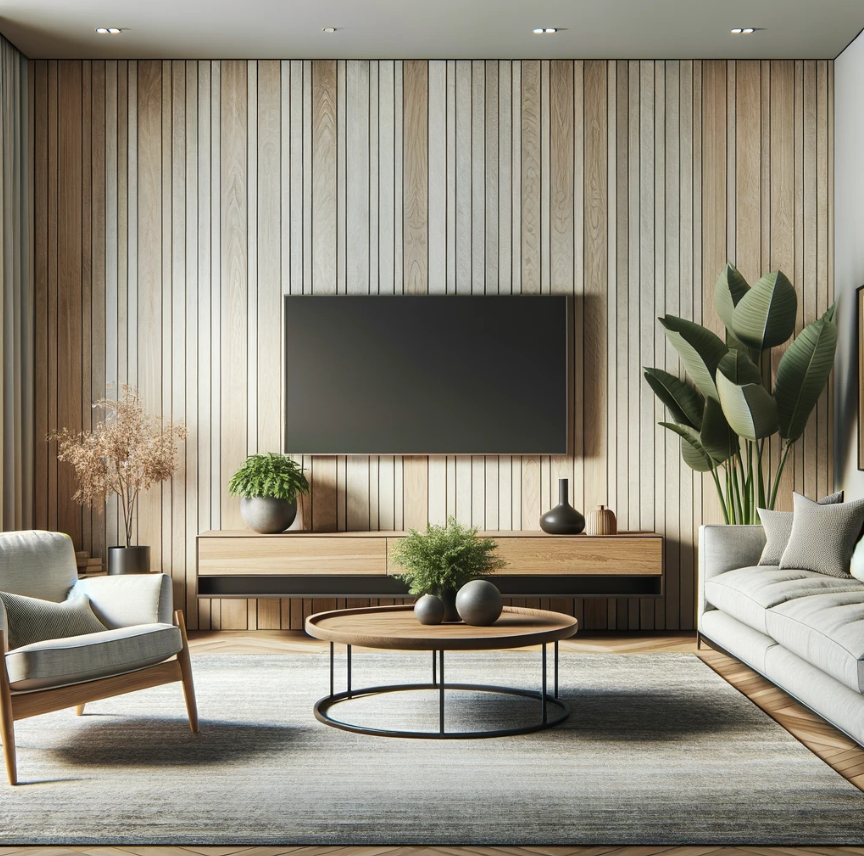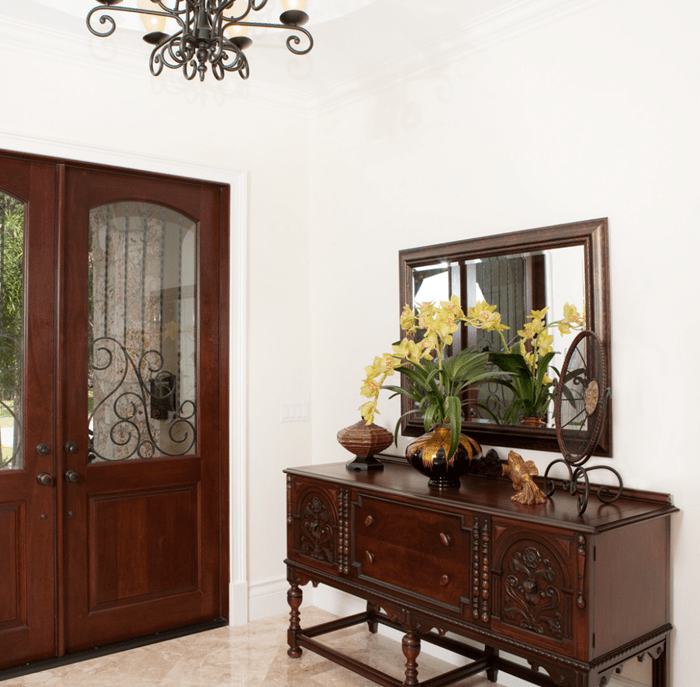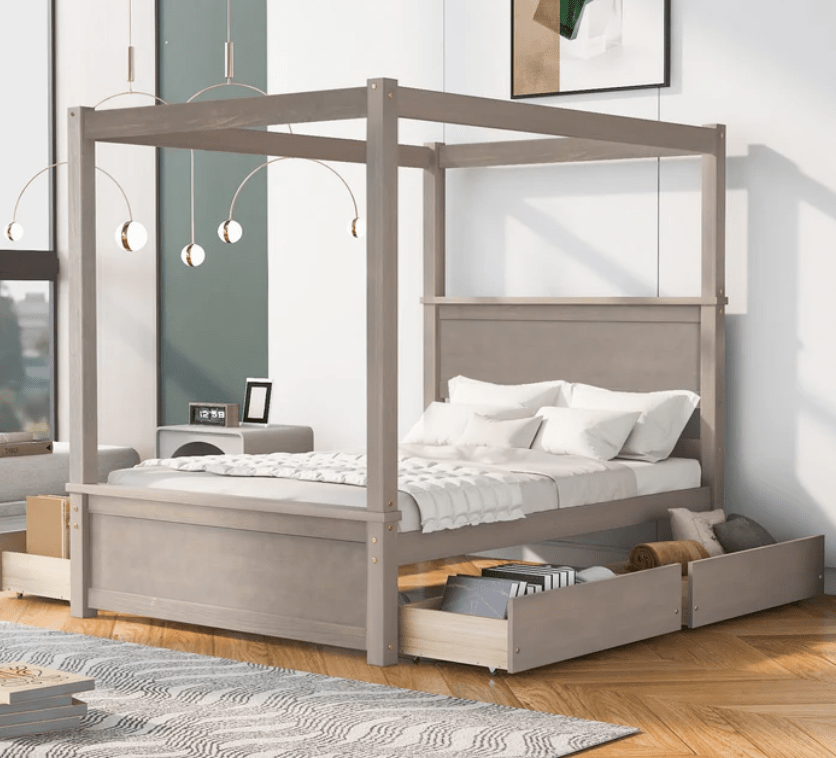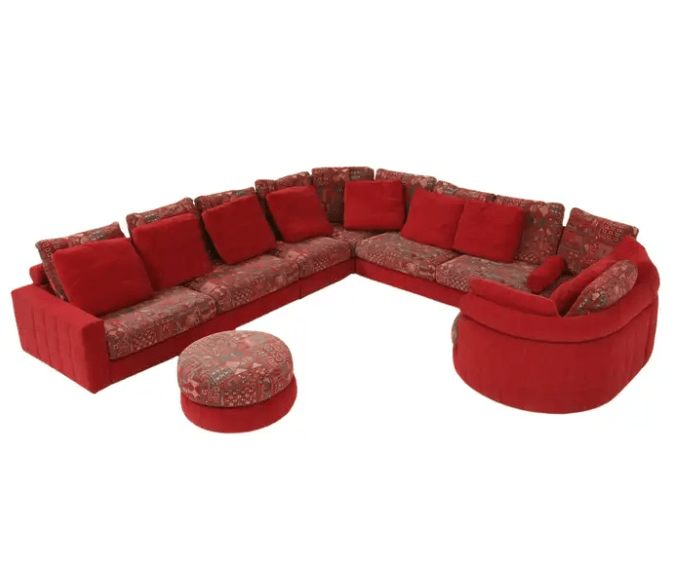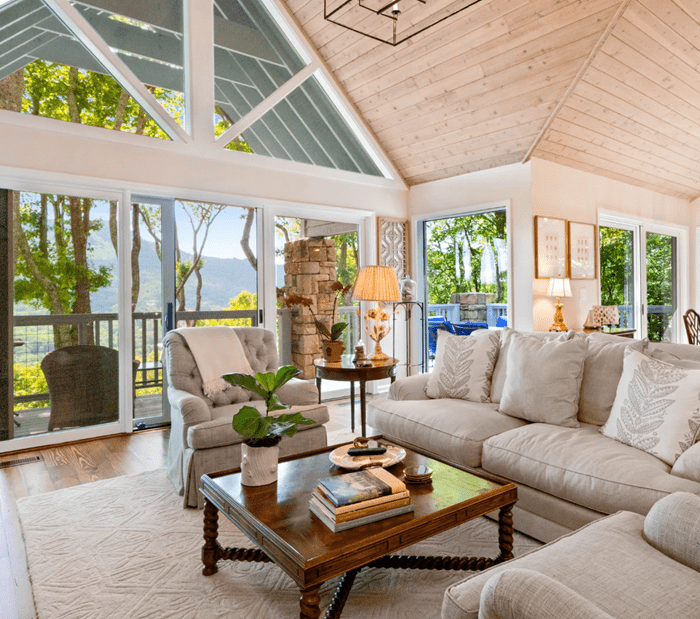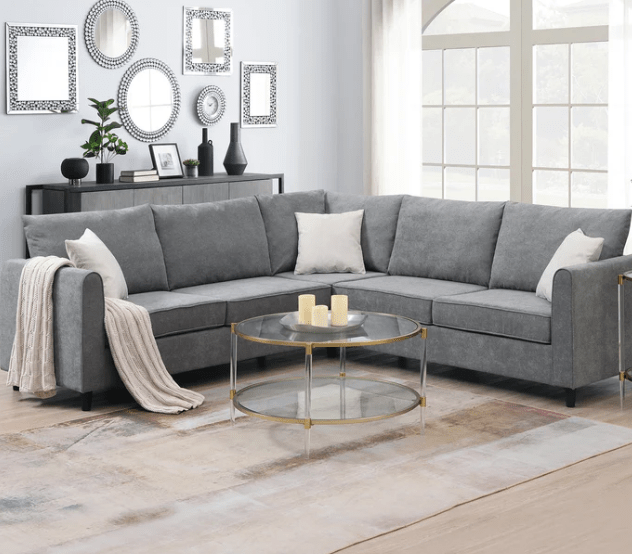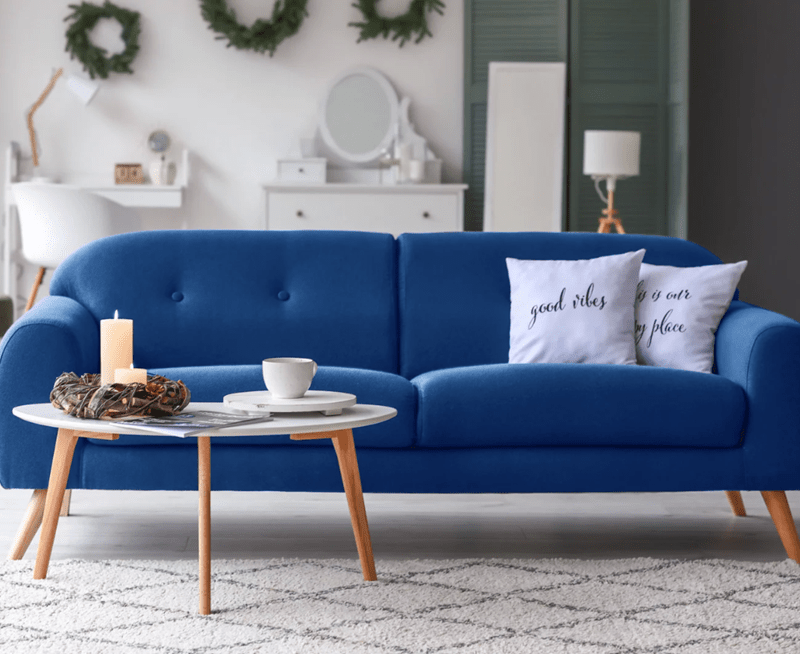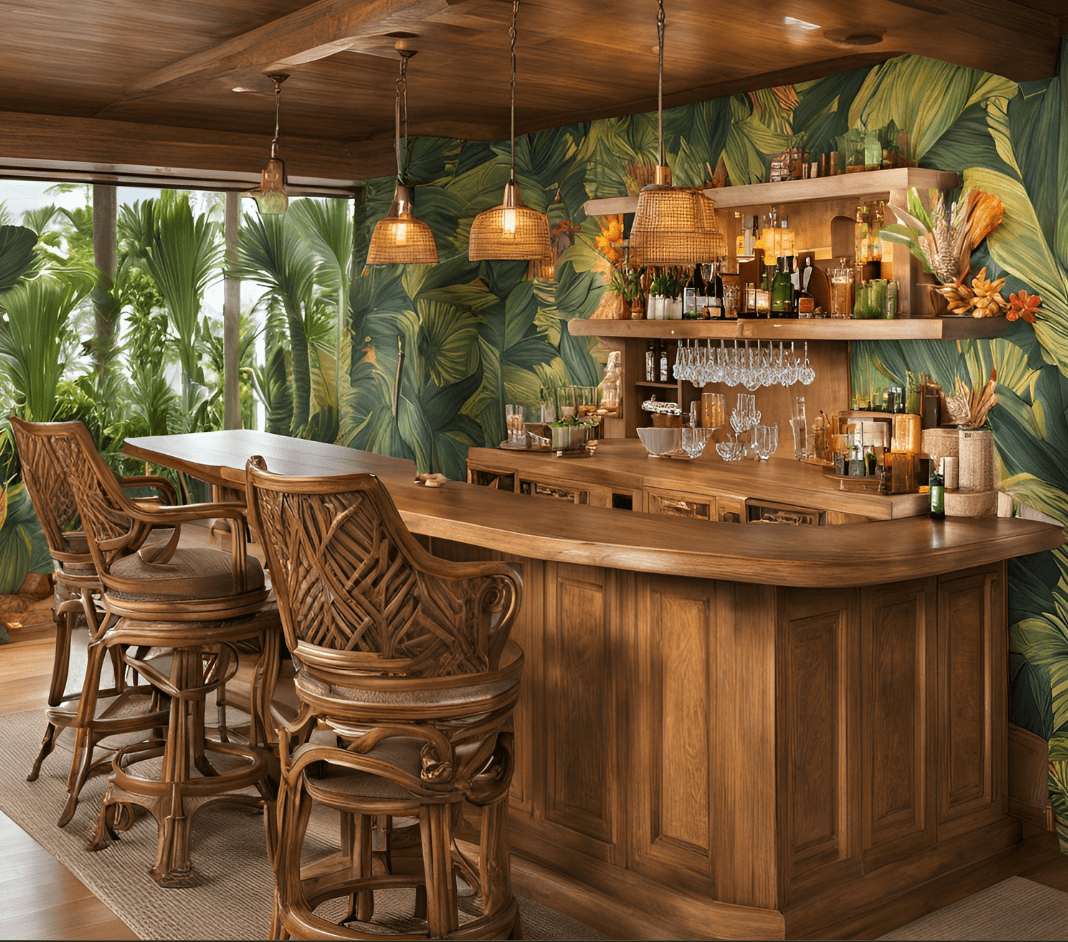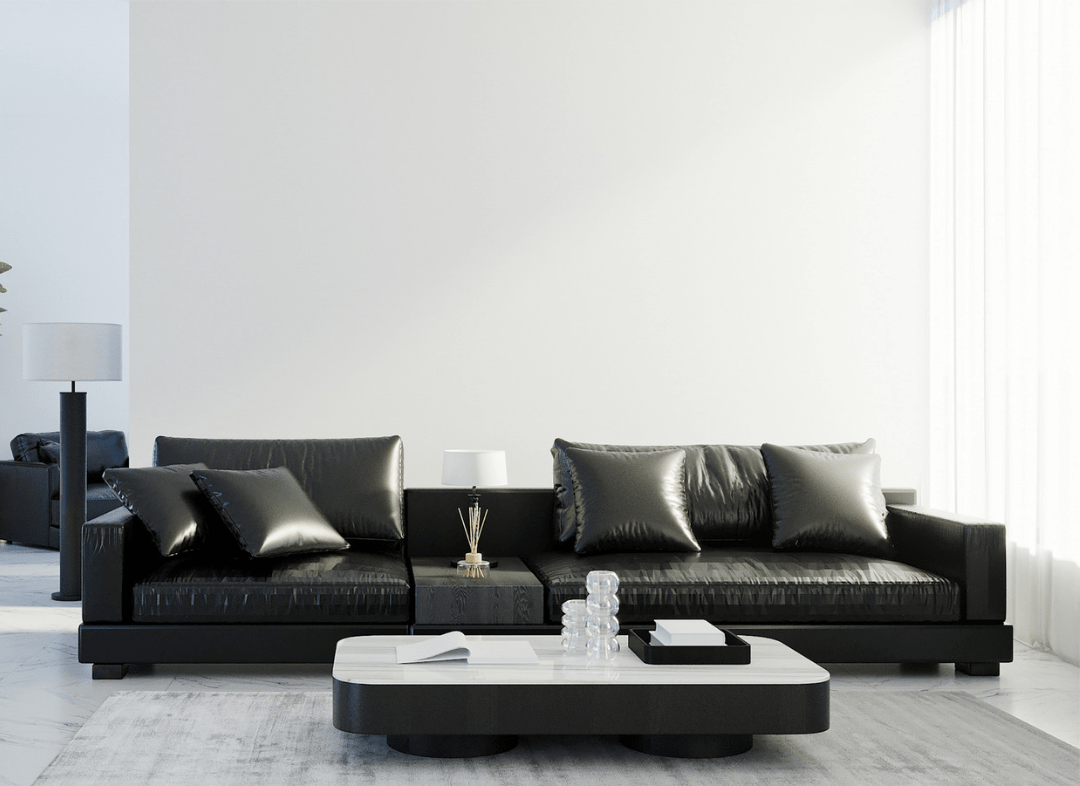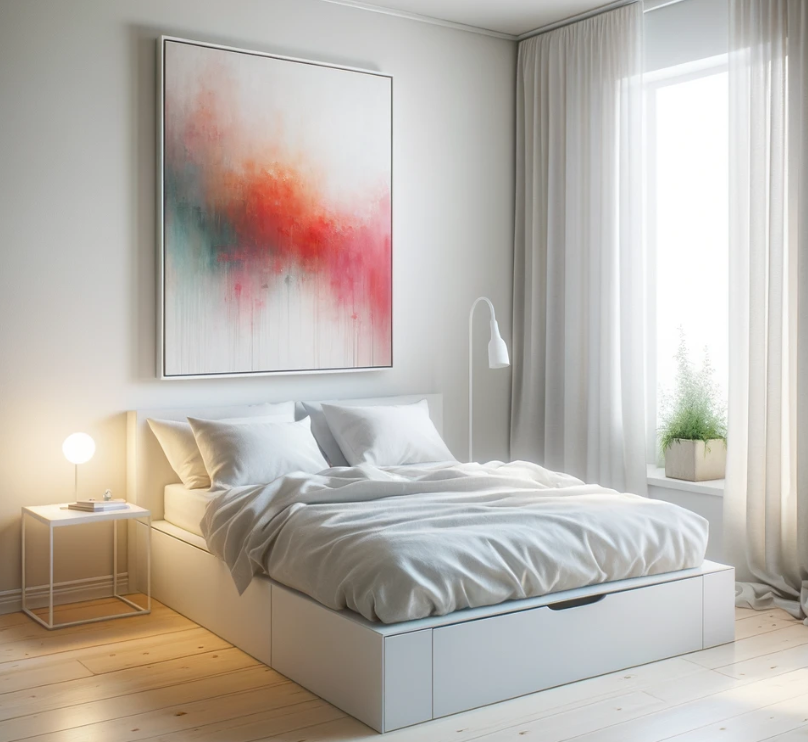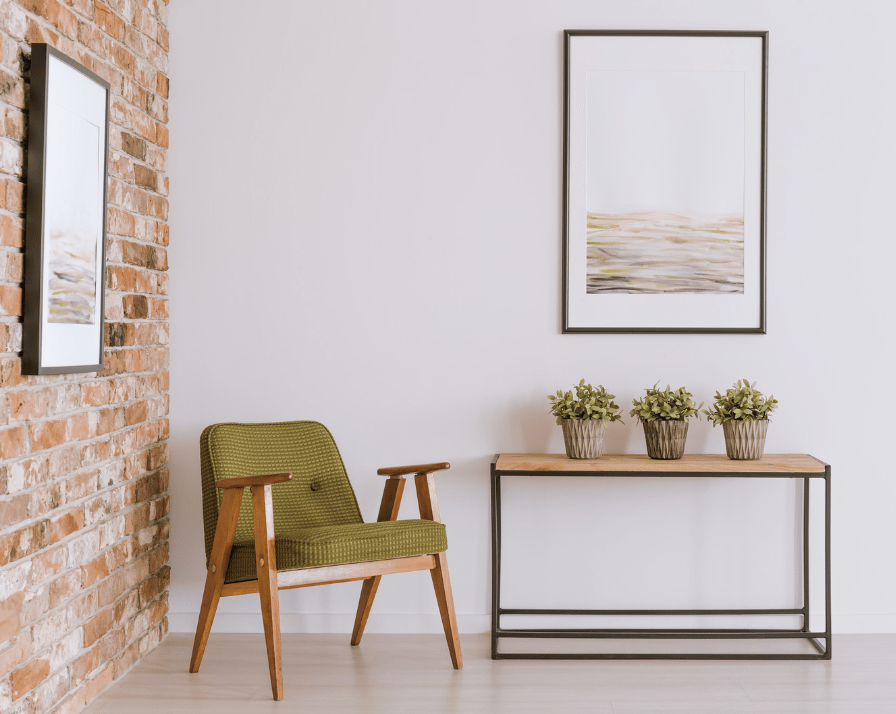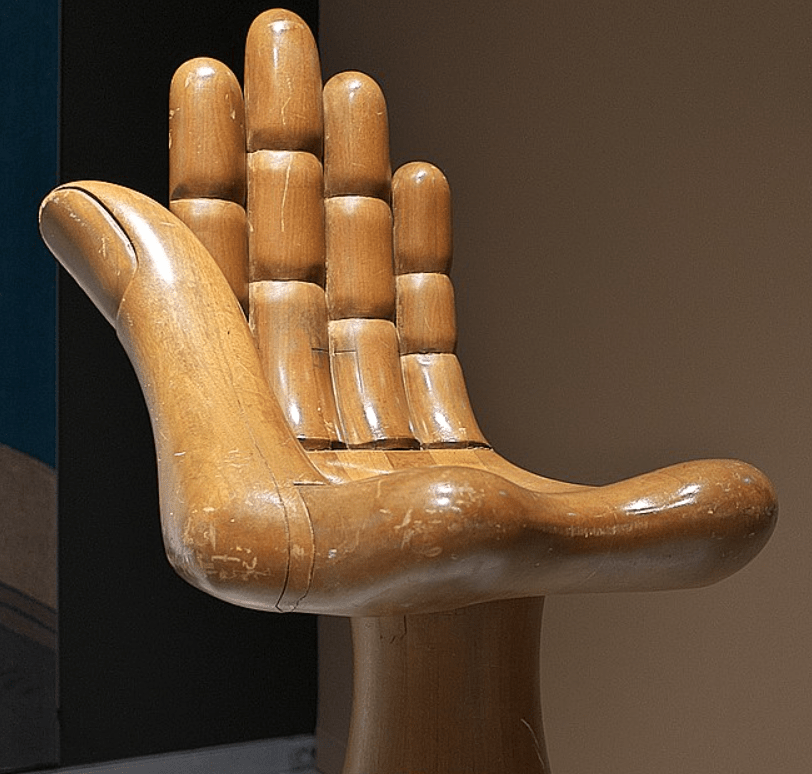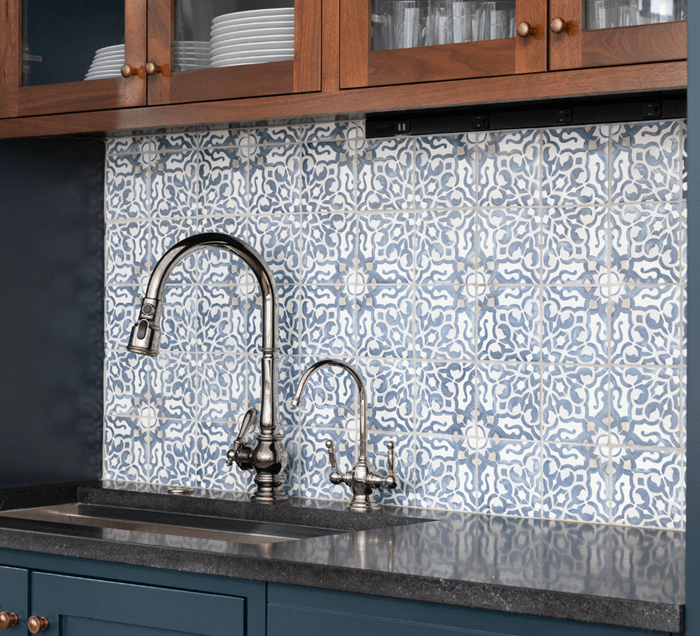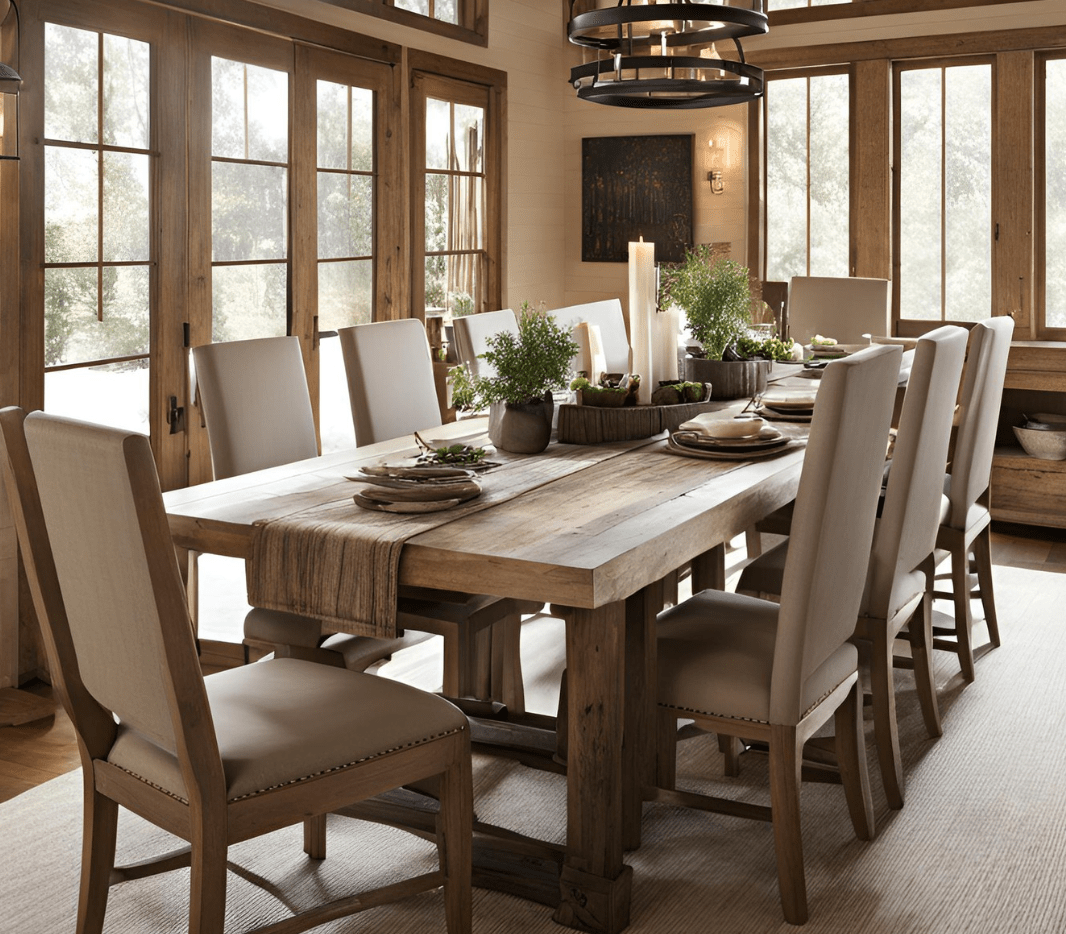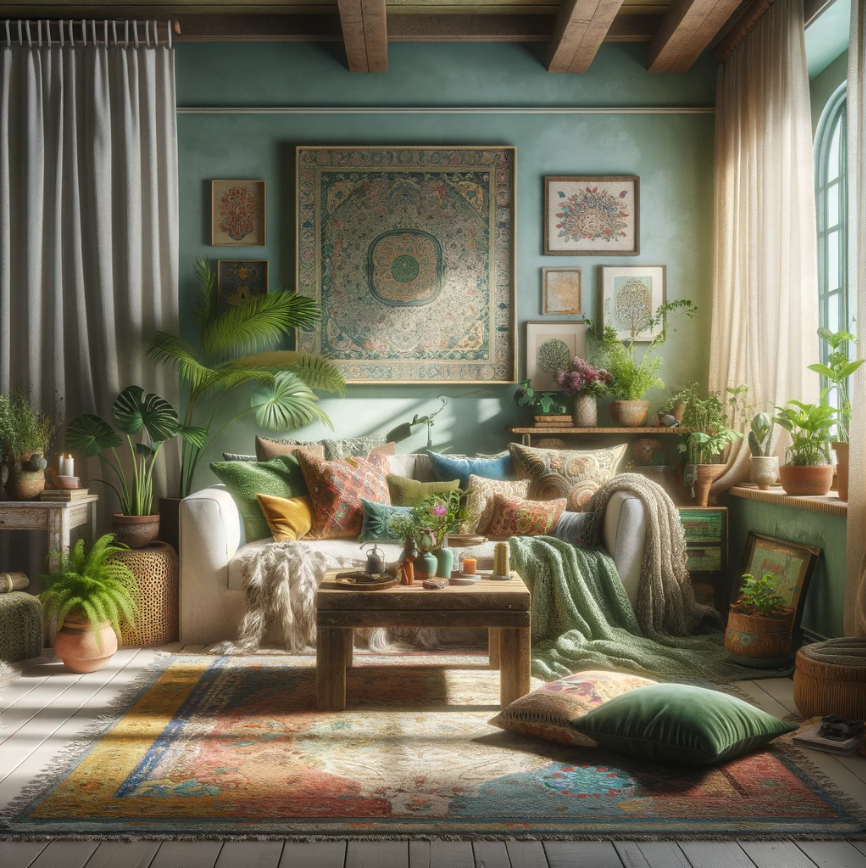Ten Design Ideas for a Beautiful Transitional Style Kitchen

Designing a kitchen using Transitional interior design principles strikes a perfect balance between traditional elegance and modern minimalism. This approach brings together the best of both styles, resulting in a balanced, inviting space that feels current and sophisticated without being overly trendy or elaborate. If you’re looking to remodel or design a kitchen using this versatile style, here are ten ideas to get started.
Neutral Color Palette with Subtle Contrasts
Transitional kitchens thrive on neutral colors, which form the foundation of the design. Start with soft shades of white, cream, beige, or taupe on the walls and cabinets. Pair these neutrals with darker hues like charcoal or navy for the island or lower cabinets to add depth and contrast. This approach keeps the space light and airy while introducing subtle drama. You can also incorporate some natural wood tones to warm up the space. Light wood finishes for flooring or countertops to add richness and texture.
Shaker-Style Cabinets
Shaker-style cabinets are the cornerstone of many Transitional kitchens. Their clean lines and classic look make them an excellent choice for blending traditional and contemporary styles. Opt for white or soft gray cabinetry for a more timeless appeal, but feel free to mix things up by introducing a two-tone look with a darker color for the lower cabinets or the kitchen island. To add more detail, consider cabinets with glass front panels to showcase dishware or decorative items.
Statement Kitchen Island
A kitchen island can serve as the heart of a Transitional kitchen, providing additional countertop space while acting as a chic focal point. Opt for a contrasting color or material to make the island stand out—think navy or gray-blue paired with white countertops or a wooden island in a sea of painted cabinetry. Consider adding bar seating for a casual dining area if you’re into entertaining. A waterfall countertop, where the countertop material cascades down the sides of the island, can add a sleek, modern touch to an otherwise classic design.
Quartz or Marble Countertops
The countertops can make or break a kitchen’s look. In a Transitional space, the goal is to balance practicality and style. Quartz countertops are perfect for this because they offer a sleek, modern appearance while being incredibly durable and low-maintenance. Consider marble or marble-look quartz with subtle veining for a more luxurious, traditional touch. The softness of marble complements the kitchen’s clean lines without overpowering them. It’s the perfect way to elevate the design while keeping the kitchen functional.
Subway Tile Backsplash
When it comes to the backsplash, the classic white subway tile is a no-fail option for a Transitional kitchen. It’s timeless, easy to clean, and adds a subtle texture to the space. If you want something a little different, you can use a slightly larger subway tile, play around with installation patterns like herringbone, or stack it vertically. You might also consider soft, neutral tiles in shades such as light blue or soft gray to introduce a touch of color without overpowering the kitchen.
Blend of Traditional and Modern Lighting
Lighting is key for setting the perfect ambiance, and a Transitional kitchen benefits from a mix of classic and contemporary lighting fixtures. Pendant lights over the kitchen island are a must. Look for fixtures that have clean lines but also include materials like brushed nickel or brass to introduce warmth. You could opt for sleek metal shades for a modern twist or go with lantern-style fixtures that add a hint of traditional charm. Recessed lighting can offer functional, discreet illumination, while under-cabinet lighting is perfect for highlighting countertops.
Transitional Hardware
The hardware is like the kitchen’s jewelry, and it can pull the entire look together. In a Transitional kitchen, cabinet pulls, and knobs should be simple yet elegant. Matte black, brushed nickel, or antique brass are all great options. You don’t want anything too ornate or too minimal—just something that complements the space’s modern and traditional elements. Slim bar pulls offer a modern edge, while round knobs can lend a more classic vibe. Mix metals for a more eclectic, intentional, and curated look.
Mixed Materials for Furniture and Decor
Transitional design embraces mixing materials for a layered, dynamic look. Suggest incorporating different textures and finishes into the space through furniture and decor. For example, a wood-topped kitchen table paired with metal chairs blends rustic and industrial elements. You could also introduce upholstered barstools with simple lines and neutral fabrics to soften the space. In terms of decor, bring in a few natural elements like greenery in ceramic pots or a wooden cutting board on display to add warmth and organic texture.
Open Shelving for a Modern Touch
Open shelving is a fantastic way to add a modern touch to the kitchen while keeping it practical and visually interesting. Swap out some of the upper cabinets for open wooden or metal shelves to display decorative items, cookbooks, or dishware. Just be mindful to keep the shelving clutter-free for a clean and airy look. You can also mix in some closed cabinets if you prefer more hidden storage space. This open and closed storage combination balances things, offering style and functionality.

Heavy Duty Floating Shelf Bracket (6 inch-6 Pack) with (.25 inch -Thick) Metal Black, Holds 160+lb – amazon.com
Artwork and Personal Touches
The final touch for any kitchen design is adding personal elements that reflect your taste. For a Transitional kitchen, keep the decor understated but meaningful. Framed black-and-white photography or abstract art pieces can bring personality to the space without overwhelming the design. Select a few meaningful items to display, like a decorative floor vase, handmade ceramics, or vintage cookbooks. These small details can make the kitchen feel like a curated, personal space rather than just another functional room in the house.

Stars in Your Kitchen A Cookbook of Favorite Recipes of Famous Celebrities 1953 [Michel, Marta] – chairish.com
Modern and Traditional Elements
Incorporating Transitional design into your kitchen creates a perfect blend of modern and traditional elements. With these ideas, you can achieve a timeless, stylish space that’s both functional and inviting. Whether remodeling or starting from scratch, these ideas will help you create a kitchen that seamlessly balances elegance and contemporary appeal.
FAQs
What is transitional kitchen design?
- Transitional kitchen design blends traditional and contemporary styles, creating a balanced space that combines classic elements like shaker cabinets with modern features like sleek lighting and countertops.
What are the key colors for a transitional kitchen?
- Neutral colors such as white, cream, taupe, and light gray are foundational in transitional kitchens. You can introduce contrast with darker hues like navy or charcoal.
What type of cabinets work best in a transitional kitchen?
- Shaker-style cabinets are ideal for transitional kitchens due to their clean lines and timeless appeal. You can opt for white or gray finishes, or mix in darker tones for added depth.
How can I add modern touches to a transitional kitchen?
- Incorporate elements like open shelving, modern lighting fixtures, and quartz countertops to give your kitchen a sleek, updated feel while maintaining its classic charm.
What materials are commonly used in transitional kitchens?
- Transitional kitchens often feature a mix of materials, such as natural wood for warmth, quartz or marble for countertops, and metal finishes in lighting and hardware to balance the traditional and modern styles.
The Curated Showhouse
Our content is written by our team of experienced interior design experts.























